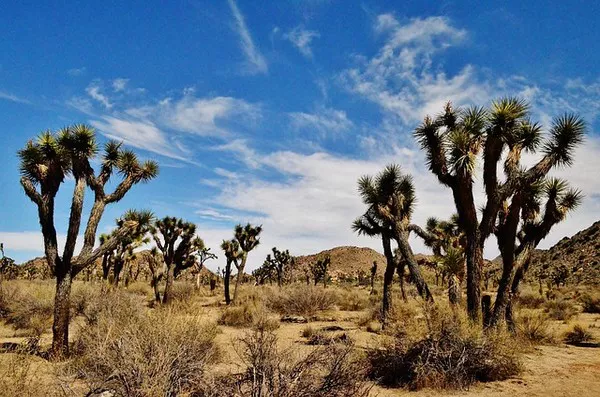The Kaokoveld region, spanning north-western Namibia and south-western Angola, is an uncharted wilderness in southern Africa. Although arid and unforgiving, this region harbors a wealth of biodiversity, with many species found nowhere else on Earth. It was in the heart of this starkly beautiful landscape that a team of researchers from Namibia and Angola embarked on a daring expedition in 2021, setting their sights on some of the most remote and enigmatic peaks of the Ovahimba mountain range.
The Kaokoveld’s Ovahimba mountains run parallel to the frigid Atlantic Ocean, separated from it by the formidable gravel plains and dunes of the northern Namib Desert. These peaks, towering over the desolation below, have remained largely untouched by human intervention, their inaccessibility safeguarding the secrets of their biodiversity.
This ambitious undertaking was made possible through the SCIONA project, an EU-funded transfrontier conservation initiative. The team recognized the challenges of reaching the Ovahimba mountain peaks, which are isolated by the lack of roads and water sources. However, the semi-nomadic Himba herders, custodians of the land, navigate these harsh terrains as they lead their cattle and goats to greener pastures during dry spells.
The research mission sought to unravel the hidden treasures of these remote peaks, postulating that they hosted a diverse array of species, particularly in the realms of plants, insects, and reptiles. The Kaokoveld, characterized by rapid climatic and topographical transitions, served as a unique stage for this ecological exploration.
The helicopter, the sole viable mode of transportation, offered a thrilling means to access these far-flung peaks. Despite the logistical complexity and substantial expenses, the team’s visit was limited to a few days on three distinct mountain summits, chosen based on their altitude, isolation, and the ecological niches they offered.
The expedition yielded a treasure trove of discoveries in a short period. Among the 285 plant species documented, 34 were found to be endemic to the Kaokoveld. One plant species was even entirely new to science, while six endemics were classified as endangered according to the IUCN Red List. Notably, 16 plant species that were previously recorded solely in Namibia were observed in Angola. The birdwatchers were not disappointed either, marking the first records of the Cape Eagle Owl and Layard’s Warbler in Angola.
The significance of these findings calls for immediate conservation efforts to safeguard the unique flora that has adapted to these isolated peaks, nurturing an equally distinctive fauna.
The helicopter journeys offered breathtaking panoramic views of the mountains, with the Kunene River’s serpentine course glistening below. The first campsite, Middelberg, nestled in the Otjihipa range, revealed a diverse landscape flourishing with shrub and woodland vegetation in stark contrast to the barren plains. Notable sightings included the captivating Kaoko tree-euphorbias and a rare underground cave adorned with stalactites and stalagmites, suggesting a wetter past.
The second campsite, perched on a Tchamalinde range summit, provided a habitat for unique Kaokoveld endemic flowers and the remarkable resurrection bush, a symbol of resilience. The final campsite, atop the highest peak in Iona National Park, Serra Cafema, was a testament to life’s ability to adapt in the harshest conditions. With its mosaic of Cape fynbos-like shrubs and dry savanna vegetation, it defied the unforgiving climate to shelter impressive specimens of flora.
The breathtaking journey was marred only by the unmistakable signs of human impact, primarily due to overgrazing by livestock.
These discoveries have only scratched the surface of the wealth of biodiversity that awaits further exploration on these remote mountain peaks. With climate change and overgrazing threatening these fragile ecosystems, there is an urgent need for conservation efforts. The management of the Ovahimba highlands falls under the jurisdiction of Namibian communal conservancies, the NGO African Parks, and the governments of Namibia and Angola. The recent involvement of African Parks in managing Iona National Park offers hope for the protection of these pristine mountain habitats.


